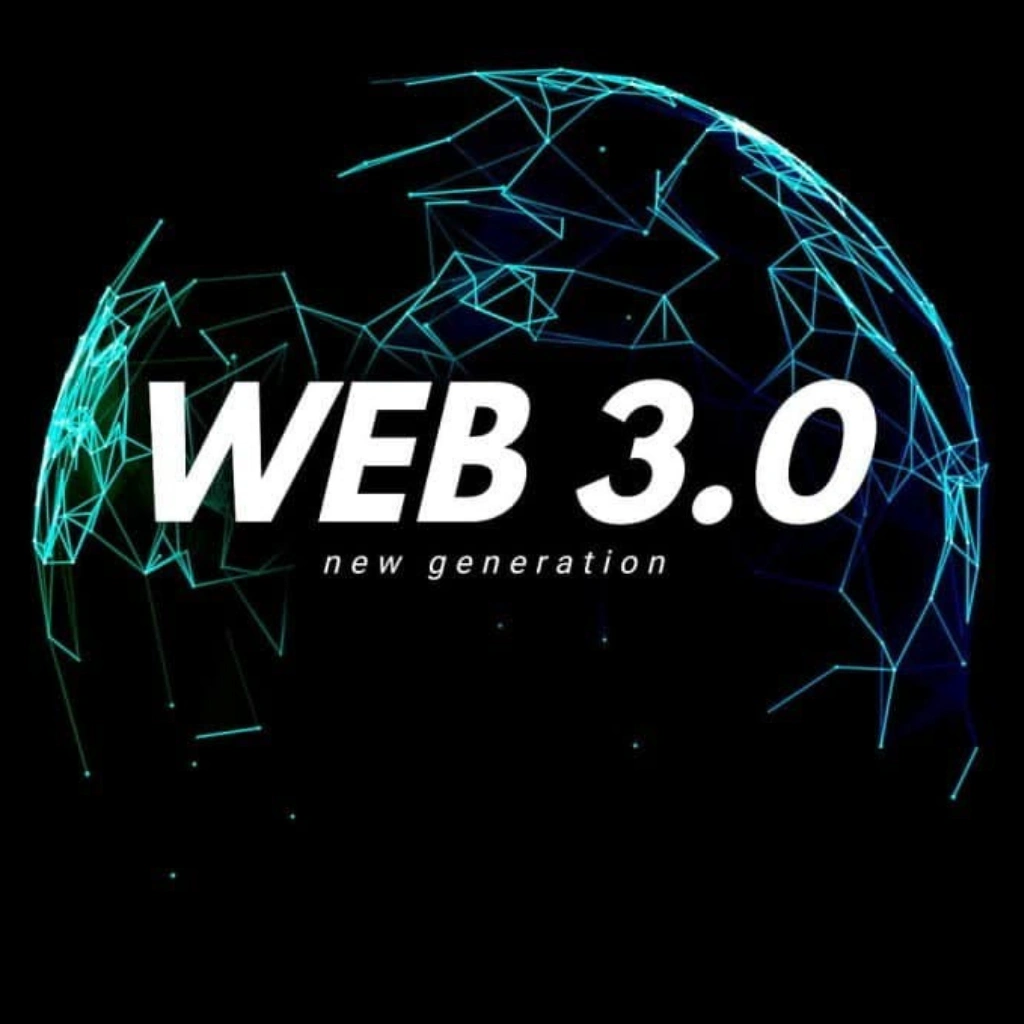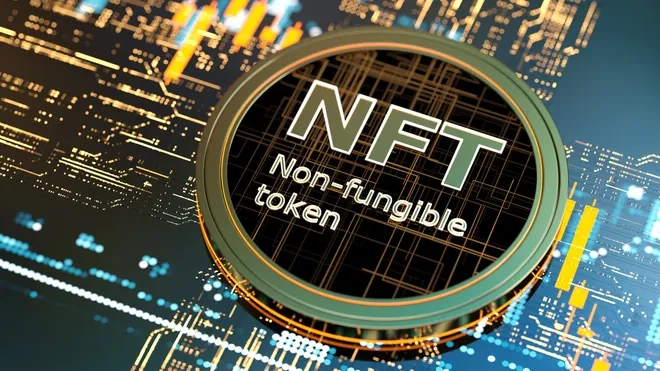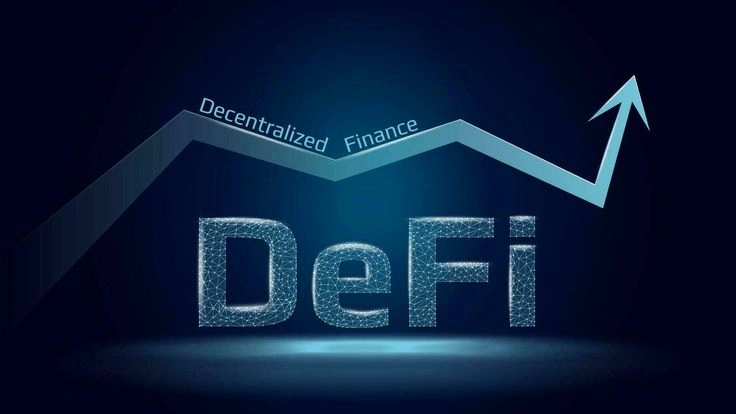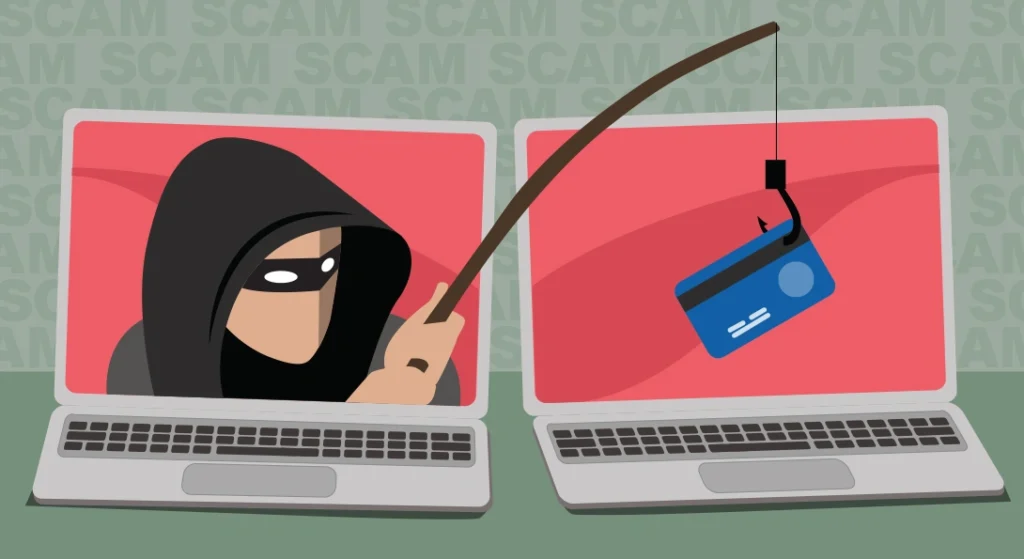Metamask Wallet: A Closer Look at the Tool Powering the Web3 Shift
December 9, 2024

By Sammy, Metamask wallet
In the evolving landscape of blockchain and digital assets, one tool continues to rise above the rest: the Metamask wallet. Quietly embedded in millions of browsers, this crypto wallet is more than just a place to store tokens—it’s a vital bridge between users and the decentralized web.
Launched by ConsenSys in 2016, Metamask started as a niche browser extension. Today, it’s widely regarded as the go-to wallet for anyone interacting with the Ethereum blockchain. Whether you’re minting NFTs, trading tokens, or exploring decentralized finance (DeFi), Metamask is likely the first tool you’ll need.
How the Metamask Wallet Works


At its core, the Metamask wallet is a self-custodial crypto wallet that supports Ethereum and other compatible blockchains. Users can store ETH and ERC-20 tokens, connect to Web3 apps (known as dApps), and sign transactions without ever leaving their browser.
Unlike traditional wallets that require logins and bank details, Metamask uses cryptographic keys. When a user creates a wallet, they’re given a unique 12-word seed phrase that generates their wallet address and secures their private key. That phrase is critical—losing it means losing access to the wallet permanently.
Installation is straightforward. It’s available as a browser extension on Chrome, Firefox, Brave, and Edge, as well as a mobile app for Android and iOS. Once installed, users can create or import a wallet, then begin interacting with dApps across the Ethereum ecosystem.
Why it Matters in the Web3 Ecosystem


In the broader push toward decentralization, ease of use remains a barrier. Many crypto wallets can feel intimidating to new users. Metamask, though not perfect, has earned a reputation for being beginner-friendly.
Its intuitive interface and deep integration with Web3 apps have made it an essential tool. When accessing platforms like OpenSea (for NFTs), Uniswap (for decentralized trading), or Compound (for DeFi lending), users will typically see a “Connect Wallet” option—Metamask is usually listed first.
Some call it the “passport” to Web3, a fitting label considering it handles everything from simple transactions to complex interactions with smart contracts. While it’s built for Ethereum, users can manually add other networks, such as Polygon or Binance Smart Chain, broadening its utility even further.
Security and Concerns

Security is often at the forefront of any crypto discussion. With Metamask, it’s a shared responsibility. The wallet itself is considered secure—assuming it’s downloaded from the official source—but users must be cautious.
Because Metamask is non-custodial, no one—not even the developers—can access your wallet if your keys are lost or compromised. That puts the onus entirely on the user. There have been instances of phishing websites, fake browser extensions, and social engineering scams targeting Metamask users.
Experts recommend using a hardware wallet in conjunction with Metamask for storing large amounts of crypto, regularly verifying URLs, and never—under any circumstance—sharing one’s seed phrase.
What People Are Doing with Metamask Right Now

The rise in NFT trading, DeFi investing, and DAO (decentralized autonomous organization) participation has pushed Metamask further into the spotlight. Here are a few of its most common use cases:
- Buying and selling NFTs on platforms like OpenSea or Rarible
- Swapping tokens using built-in features or via third-party dApps
- Managing multiple accounts for personal and business use
- Participating in DeFi protocols, including staking, lending, and farming
- Bridging to alternative blockchains like Arbitrum, Avalanche, or BSC
Its versatility makes it a central hub for many blockchain enthusiasts.
Should You Consider Using Metamask Wallet?
For users who are deeply invested in the Ethereum ecosystem or looking to explore what Web3 has to offer, the Metamask wallet is almost essential. It opens the door to decentralized platforms that don’t rely on traditional usernames and passwords. For those just buying Bitcoin and holding it on an exchange, it may be unnecessary. But for anyone venturing beyond basic crypto use, Metamask is often the first step.
As the crypto space matures, wallets like Metamask will likely evolve too—improving usability, enhancing safety features, and supporting even more networks.
For now, it remains the leading option for millions seeking access to the decentralized internet… with a little freedom, and a lot of responsibility.
Relevant News: HERE

